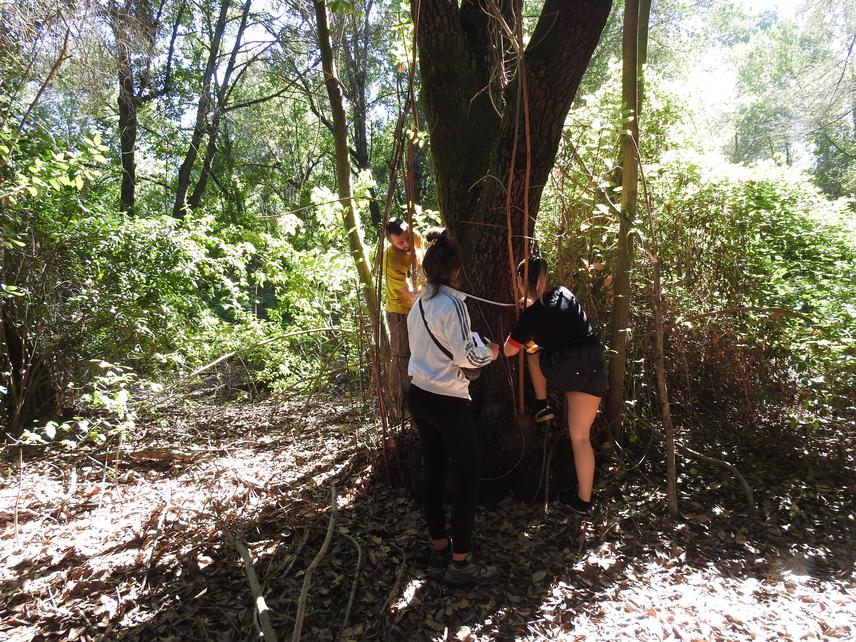Alejandro Danilo Venegas Gonzalez
Other projects
17 Nov 2014
What Can Reveal the Tree Rings of Nothofagus macrocarpa about the Conservation State of the Mediterranean Deciduous Forest of Central Chile?
R. Chilean Mediterranean-type ecosystem is a biogeographic area of great biological richness with need for conservation, mainly the sclerophyllous forest. They are located in a region historically affected by anthropogenic pressure, and now by increase in drought conditions in last decades. Therefore, it is essential to know how the tree communities are responding to climate change, and how their natural dynamic will be affected in the future. Here, we propose to evaluate the tree growth response to recent global change of sclerophyllous species and their habitat suitability under future climate, using a dendrochronological and biogeographic approach. The results will provide valuable information to understand the ecological resilience of these ecosystems, and thus be useful for future programs of conservation, ecological restoration and adaptation to the effects of climate change.

R. Recently there has been an emerging global phenomenon of increased tree mortality and decreased growth attributed to increased droughts and water deficits in different forest ecosystems (Allen et al., 2010). This increase in droughts directly affects the dynamics of plants and induces changes in forest ecosystems (Malhi et al., 2002), altering the tree lines, especially in semi-arid regions with a high level of endemism such as Mediterranean forests (Pan et al., 2011) (Pan et al., 2011). Such global relevance of Mediterranean forests demand a better understanding of the alterations of forest dynamics triggered by climate change, particularly in areas of the world that have been little investigated, such as the sclerophyllous forests of central Chile. Those forest ecosystems are the only Mediterranean forests in South America, which contain a high diversity of endemic plants and anthropic pressure, so they have been declared a biodiversity hotspot (Myers et al. 2011). The present project seeks to evaluate from a historical perspective the growth response and ecological resilience of Chilean Mediterranean forest to current and future climate change, using sclerophyllous trees species in an altitudinal and latitudinal gradient (32°-35 °S), complementing tree-ring analysis and distribution predicting models. We will compare species with wide geographic distribution (non-endangered species) and another with restricted distribution (endangered species). Growth, recruitment and habitat suitability will be analyzed in different populations of sclerophyllous forests. This will allow us (i) to analyze the adaptive capacity of these forests to climate change, and (ii) to know the predict spatial vulnerability to drought mortality, which could lead to new configurations of sclerophyllous tree distributions.
The results will provide valuable information to understand the growth dynamics and ecological resilience of sclerophyllous forests in central Chile under current and future climate scenarios, both in threatened and non-threatened species. This information will be essential to future conservation and restoration programs, prioritizing areas with greater vulnerability to drought.